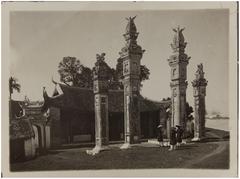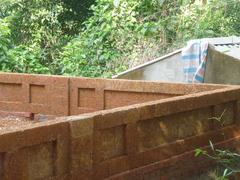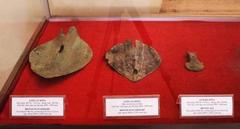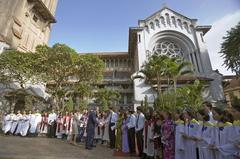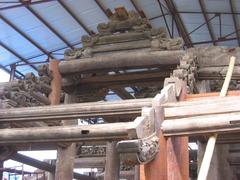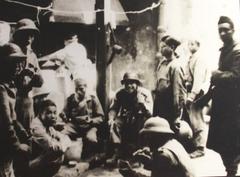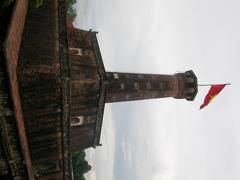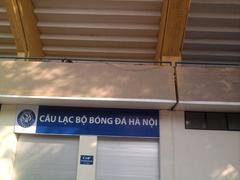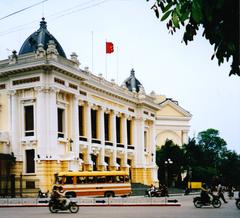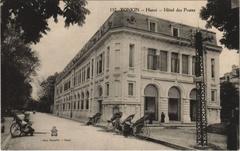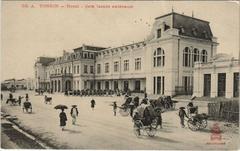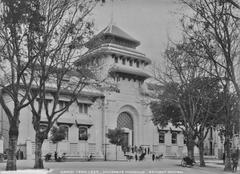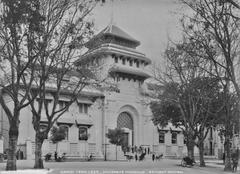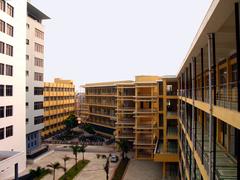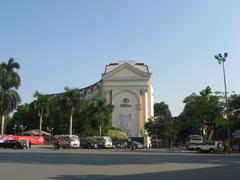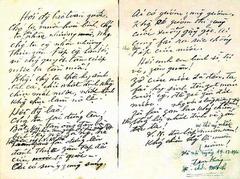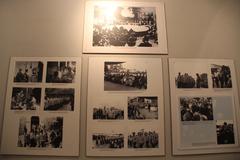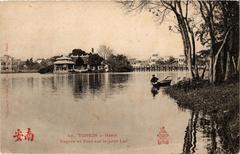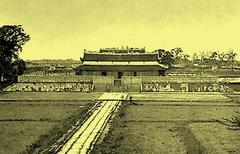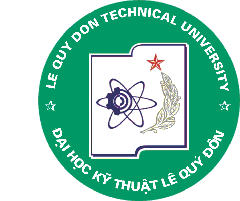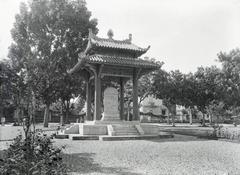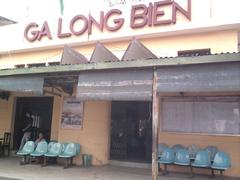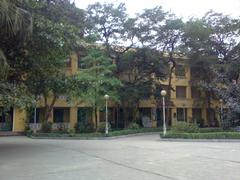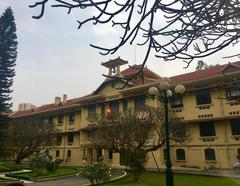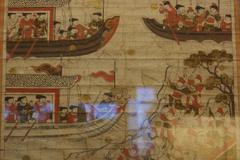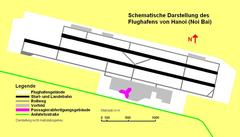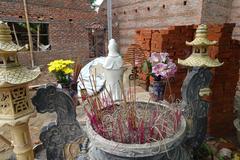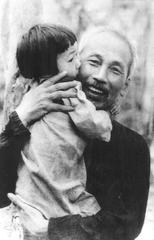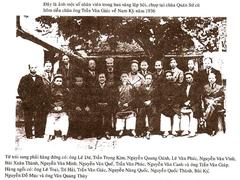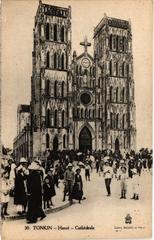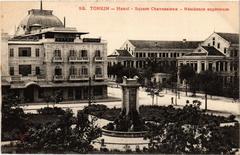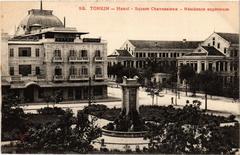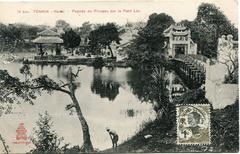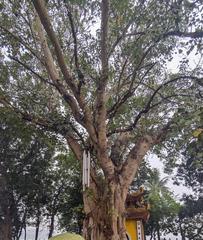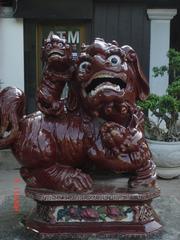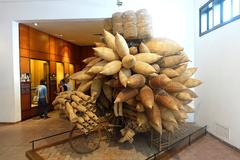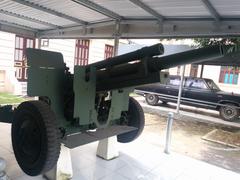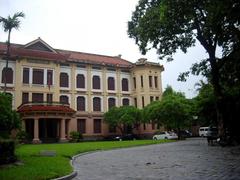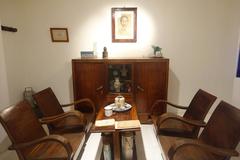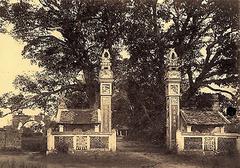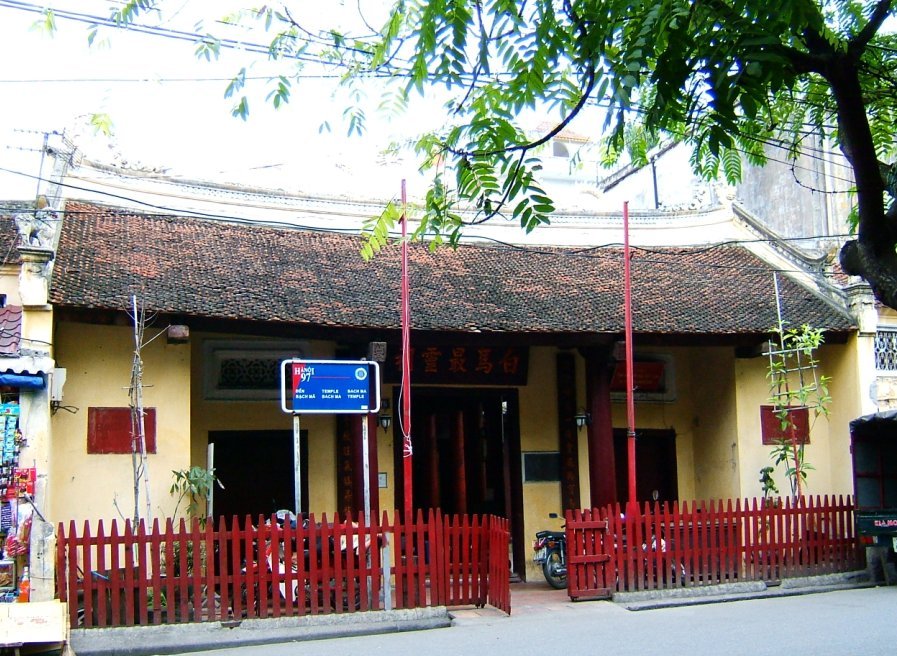
Comprehensive Guide to Visiting Đền Bạch Mã, Hanoi, Vietnam
Date: 23/07/2024
Introduction
Đền Bạch Mã, commonly known as the White Horse Temple, is a historical treasure located in the heart of Hanoi, Vietnam. Established in the 9th century during the reign of King Lý Thái Tổ, this ancient temple is steeped in legend and tradition. According to folklore, a white horse appeared to the king, guiding him in the construction of the city’s citadel, leading to the temple’s dedication to this divine equine spirit (Vietnam Online). Over the centuries, Đền Bạch Mã has evolved architecturally, incorporating influences from various dynasties, including the Lê and Nguyễn Dynasties, resulting in a harmonious blend of traditional Vietnamese and Chinese styles (Vietnam Guide). As one of the Four Sacred Temples of ancient Hanoi, Đền Bạch Mã holds immense cultural, religious, and historical significance, serving as a spiritual protector of the city and a focal point for numerous traditional festivals and rituals (Hanoi Times). This comprehensive guide will delve into the temple’s rich history, cultural importance, and practical visiting information, making it an essential resource for history buffs, cultural enthusiasts, and curious travelers alike.
Table of Contents
- Introduction
- History of Đền Bạch Mã
- Historical Significance
- Key Historical Events
- Visitor Information
- Travel Tips
- Preservation and Modern-Day Relevance
- FAQ
- Conclusion
History of Đền Bạch Mã
Origins and Early History
Đền Bạch Mã, one of the oldest and most significant temples in Hanoi, dates back to the 9th century during the reign of King Lý Thái Tổ, the founder of the Lý Dynasty. Legend has it that a white horse appeared to the king, tracing the path for the city walls of Thăng Long (modern-day Hanoi). Interpreting this as a divine sign, the king ordered the construction of the temple to honor the white horse spirit, symbolizing divine protection and guidance for the city (Vietnam Online).
Architectural Evolution
Initially built with simple materials, the architecture of Đền Bạch Mã has significantly evolved over the centuries. Renovations during the Lê and Nguyễn Dynasties introduced a blend of traditional Vietnamese and Chinese influences. Today, the temple features intricate carvings, elaborate altars, and ornate roof designs. The main hall, dedicated to the white horse deity, is adorned with statues, incense burners, and offerings (Vietnam Guide).
Historical Significance
Đền Bạch Mã as One of the Four Sacred Temples
Đền Bạch Mã is one of the Four Sacred Temples of ancient Hanoi, known as ‘Thăng Long Tứ Trấn.’ These temples were established to protect the city from evil spirits and natural disasters. The other three temples are Đền Voi Phục (Temple of the Kneeling Elephant), Đền Kim Liên (Kim Liên Temple), and Đền Quán Thánh (Quan Thanh Temple). Together, they form a spiritual shield around the city (Hanoi Times).
Cultural and Religious Role
Throughout the centuries, Đền Bạch Mã has been a focal point for various traditional festivals and rituals, especially during the Lunar New Year (Tết) and the Mid-Autumn Festival. These events attract thousands of visitors who come to pay respects, seek blessings, and participate in cultural activities. Rituals often involve offerings of fruits, flowers, and incense, with traditional music and dance performances adding to the vibrant atmosphere (Vietnam Tourism).
Key Historical Events
During the Trần Dynasty, Đền Bạch Mã served as a strategic location for military and political activities, including planning defense strategies against Mongol invasions. The temple has also witnessed various royal ceremonies and decrees, making it a significant site in Vietnamese history (Vietnam History).
Visitor Information
Visiting Hours and Tickets
Đền Bạch Mã is open to visitors from 8:00 AM to 5:00 PM daily. Admission is usually free, but donations are welcomed to support the temple’s maintenance and activities. Group tours can be arranged in advance (Vietnam Guide).
Accessibility
The temple is accessible to visitors of all ages and offers facilities for those with mobility issues. However, given its historical nature, certain areas might have uneven surfaces.
Travel Tips
- Best Time to Visit: Plan your visit during the early morning to avoid crowds and enjoy a peaceful experience.
- Nearby Attractions: After exploring Đền Bạch Mã, consider visiting the other Three Sacred Temples or exploring the bustling Old Quarter of Hanoi.
- Photography: Bring a camera to capture the intricate details of the temple’s architecture and the lively atmosphere during festivals.
- Guided Tours: For a deeper understanding of the temple’s history and significance, consider joining a guided tour.
Preservation and Modern-Day Relevance
Recognized as a national heritage site, Đền Bạch Mã has undergone various conservation projects to maintain its structural integrity and historical authenticity. These efforts ensure that future generations can continue to appreciate and learn from this historical monument. Today, it remains a popular tourist attraction, drawing visitors eager to explore its rich history and cultural significance (UNESCO Vietnam).
FAQ
What are the visiting hours for Đền Bạch Mã?
The temple is open daily from 8:00 AM to 5:00 PM.
Is there an entrance fee for Đền Bạch Mã?
Admission is usually free, but donations are welcomed.
Are guided tours available?
Yes, group tours can be arranged in advance.
What are some nearby attractions?
Visitors can explore the other Three Sacred Temples and the Old Quarter of Hanoi.
Conclusion
Đền Bạch Mã stands as a testament to Hanoi’s rich historical and cultural tapestry. Its origins, architectural evolution, and enduring significance offer a fascinating glimpse into the city’s past. As a site of religious worship, cultural festivities, and historical events, the temple continues to be a vital part of Hanoi’s identity, attracting both locals and tourists who seek to connect with its storied legacy (Culture Trip). Ongoing preservation efforts ensure that this historical monument continues to be a source of inspiration and learning for future generations (Vietnam Heritage). Plan your visit today and immerse yourself in the rich history and culture of this remarkable site.
References
- Vietnam Online. Đền Bạch Mã Overview.
- Vietnam Guide. Đền Bạch Mã Architectural Details.
- Hanoi Times. Đền Bạch Mã as One of the Four Sacred Temples.
- Culture Trip. Guide to Hanoi’s Four Sacred Temples.
- Vietnam Heritage. Đền Bạch Mã - A Journey Through Time.


